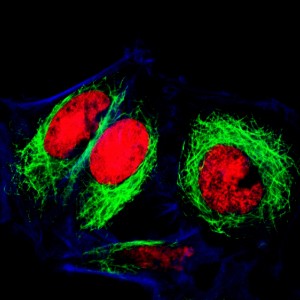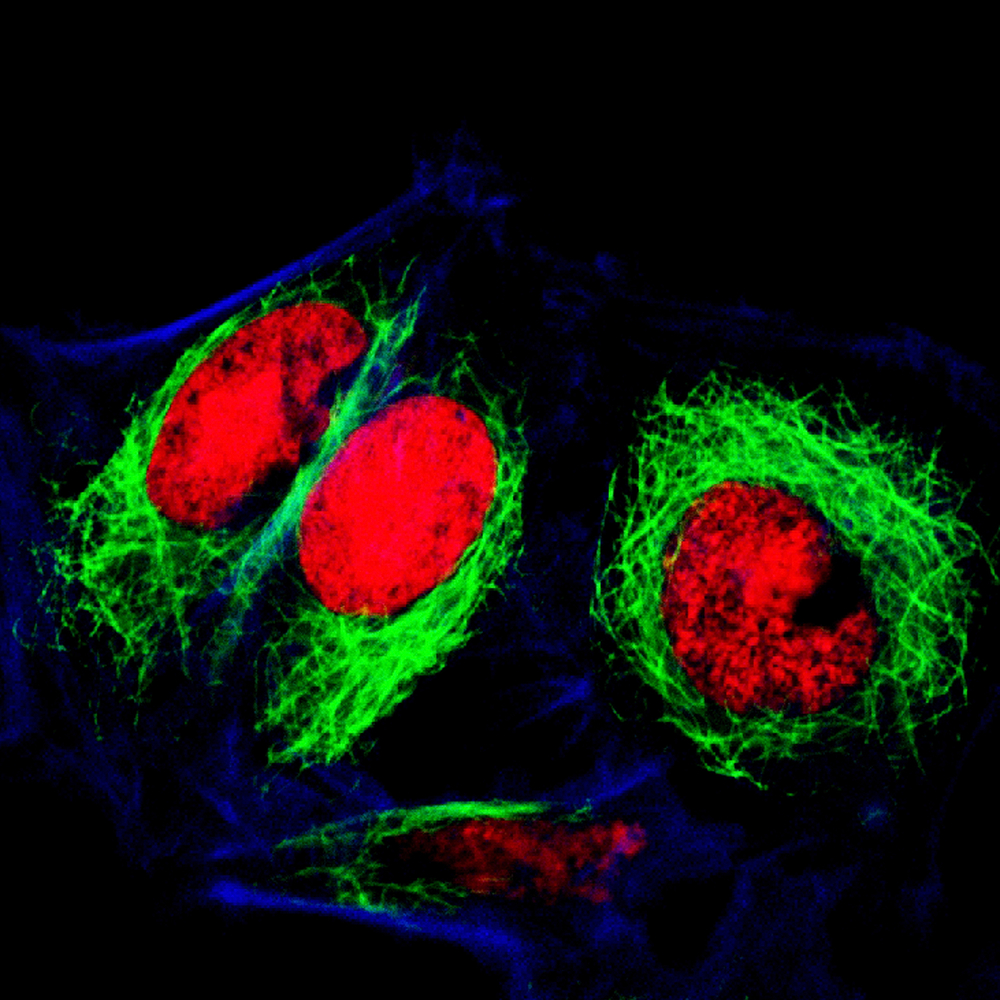 In a recent study titled “64Cu antibody-targeting of the T-cell receptor and subsequent internalization enables in vivo tracking of lymphocytes by PET”, published in the Proceedings of the National Academy of Sciences (PNAS), a group of researchers from Tübingen University, Germany, developed a novel technique to label immune T cells, allowing real-time tracking of their movements.
In a recent study titled “64Cu antibody-targeting of the T-cell receptor and subsequent internalization enables in vivo tracking of lymphocytes by PET”, published in the Proceedings of the National Academy of Sciences (PNAS), a group of researchers from Tübingen University, Germany, developed a novel technique to label immune T cells, allowing real-time tracking of their movements.
T lymphocytes are the most explored type of immune cells in the development of immunotherapies against cancer. These cells are constantly moving around the body, searching for invading pathogens or cells that have initiated tumoral transformation.
What characterizes T cells is their receptor, called the T-cell receptor, or TCR. This receptor is unique in that it can recognize a particular signal present in a diseased cell, that is presented to the T cell by an immune messenger, called an antigen presenting cell (APC). After these signals are delivered, the T-cell initiates a cascade of immune signals that eventually leads to the eradication of tumor cells.
In this study, the research team loaded T cells with an antibody containing a weak radioactive component, measuring the emitted signal using non-invasive positron emission technology (PET).
“The blocked T-cell receptor is no longer available to recognize the specific antigen,” study’s lead author, Dr. Christoph Griessinger, explained in a news release. “But the specific receptors are quickly resupplied and the immune reation is barely impaired.” As such, there is a limited 48-hour period to measure the signal. “The marker remains stable in the T-cell for that time,” project leader Dr. Manfred Kneilling explained.
Using this technique, researchers could not only observe how T cells approached infected tissues but also understand the specific requirements for this migration.
“This technique could be applied to other cell types of the immune system — anywhere the receptors on the membrane are renewed often,” said Dr. Griessinger. For example, this type of imaging could be applied to target tumor cells. “We would be able to mark the treated immune cells as we did the T-cells and to track whether they migrate to the tumors as planned,” concluded Dr. Kneilling.


